Kenny Bernstein, known as the King of Speed, is a renowned drag racer and successful buisnessman. In his nearly 40-year career as a racer, he collected dozens of event victories and multiple championship titles, most of these with his iconic Budweiser King Race Team.

He is nicknamed “the King of Speed” because he was the first driver to break 300 miles per hour in the standing-start quarter mile. Bernstein owned King Racing, which he drove for in the NHRA and fielded various cars in other racing series such as IndyCar and NASCAR.

In this installment of Skin Cancer Stories, we get to know the King of Speed, talk to him about the ups and downs of his illustrious racing career, and explore his journey with skin cancer at the SCARS Center. It also details his reconstructive surgery post skin cancer removal.
The term “dorsal preservation rhinoplasty” refers to the practice of protecting the dorsal area of the nose, or the bridge. This procedure selectively removes small amounts of bone and cartilage located under the nasal bridge. Through this method, experienced surgeons can reduce the height of the nasal dorsum, or nose bridge, while preserving the patient’s bridge contours. This is an innovative technique for patients looking to enhance their nasal contours subtly and naturally. Unlike traditional rhinoplasty, which often involves aggressive nasal bone removal and cartilage restructuring, dorsal preservation rhinoplasty aims to maintain the integrity of the nasal structure while achieving the desired enhancements.
One of the primary reasons why dorsal preservation rhinoplasty has gained immense popularity is its ability to deliver a more natural aesthetic result. Patients are usually highly satisfied, reducing the likelihood of seeking a revision.
The preservation of the dorsal structure also ensures that the nose retains its strength and support. This is a crucial factor in maintaining healthy nasal function. Patients achieve a refined, harmonious nasal appearance without sacrificing their nasal strength and functionality of breathing.
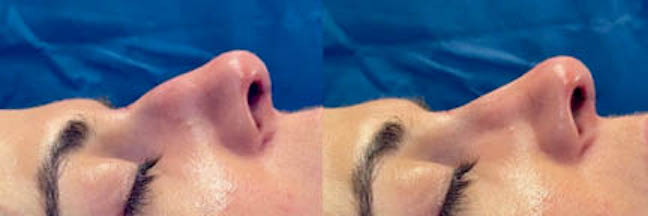
Compared to traditional rhinoplasty, dorsal preservation rhinoplasty offers a relatively quick and less invasive recovery process. With smaller incisions and less bone manipulation, patients experience reduced swelling, bruising, and discomfort. Most individuals can return to their daily activities within a week, making this procedure ideal for those with busy lives and schedules.
To embark on the journey of dorsal preservation rhinoplasty, it’s essential to choose a skilled and experienced facial plastic surgeon. With more than two decades of experience, Dr. Madorsky is dedicated to providing optimal outcomes for his patients while attentively addressing their unique needs.
If you’re considering a rhinoplasty, dorsal preservation may be the perfect solution for you. Schedule a consultation with Dr. Madorsky to get a professional opinion and explore your options.
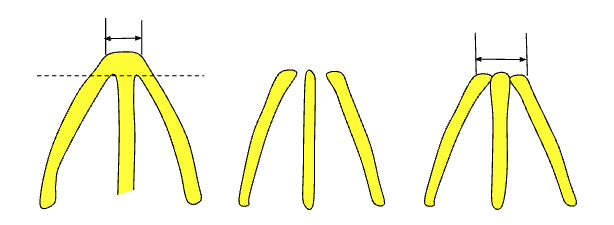
With traditional rhinoplasty, some patients have to accept a straight but widened bridge or dorsum. In cases of more dramatic dorsal reduction, an inverted V deformity can arise, giving the appearance of an “operated on” nose.
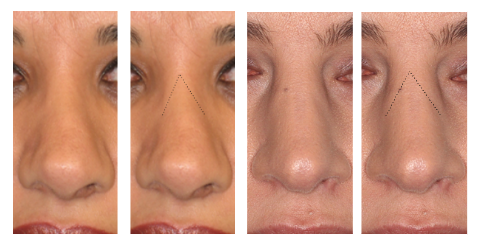
Dorsal preservation rhinoplasty bypasses those complications by removing the excess cartilage and bone under the nasal dorsum. The nasal dorsum is then pushed down to a lower profile, achieving a more natural appearance.
 There are other advanced rhinoplasty techniques that minimize the widening of the nasal bridge. An experienced facial plastic surgeon can determine which technique is best for each patient to achieve optimal results.
There are other advanced rhinoplasty techniques that minimize the widening of the nasal bridge. An experienced facial plastic surgeon can determine which technique is best for each patient to achieve optimal results.
 This patient recently had a dorsal preservation rhinoplasty performed by Dr. Madorsky.
This patient recently had a dorsal preservation rhinoplasty performed by Dr. Madorsky.
Are you noticing excess or loose skin around your eyes? When it comes to lifting and tightening the skin in this area, we have two approaches, one surgical and one done with a laser. Often our recommendation for optimal results is to combine the two.
SURGICAL APPROACH: BLEPHAROPLASTY
Blepharoplasty is intended to enhance the upper and/or lower lids, to create a more refreshed, youthful look. For the upper lid, the procedure involves making an incision in the natural crease of the eyelid, and then removing and reshaping the skin, muscle, and fat that deflate and droop with age and sun exposure.
Blepharoplasty can also be performed on the lower eyelid. As people age, the tissue that holds the fat in place can loosen and the fat can protrude, giving the appearance of bags under the eyes. These bags can be repositioned and reshaped.
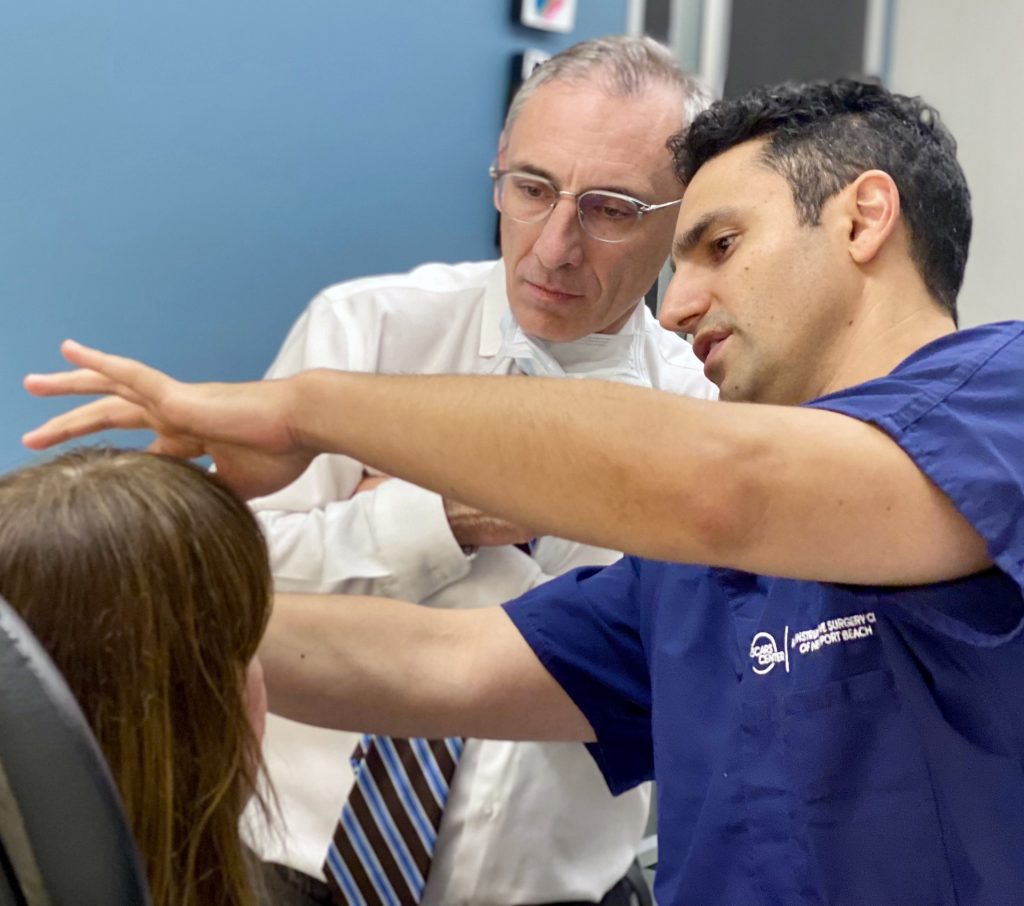
THE MAGIC OF CO2 LASER RESURFACING
CO2 laser resurfacing is an excellent way to tighten skin and reduce discoloration of the skin around the eyes.
This laser tightens minor excess skin on the eyelids, reduces of signs of aging in the eye area, and the completely renews the skin. And with the CO2 laser we can tailor treatment according to the nature and extent of photodamage, wrinkling, skin type and individual requirements for recovery time.
When considering a fractional CO2 laser for the eyes, remember that the effects can take up to 8-12 weeks to see, so plan accordingly!
This procedure can be done on its own or in conjunction with eyelid surgery.
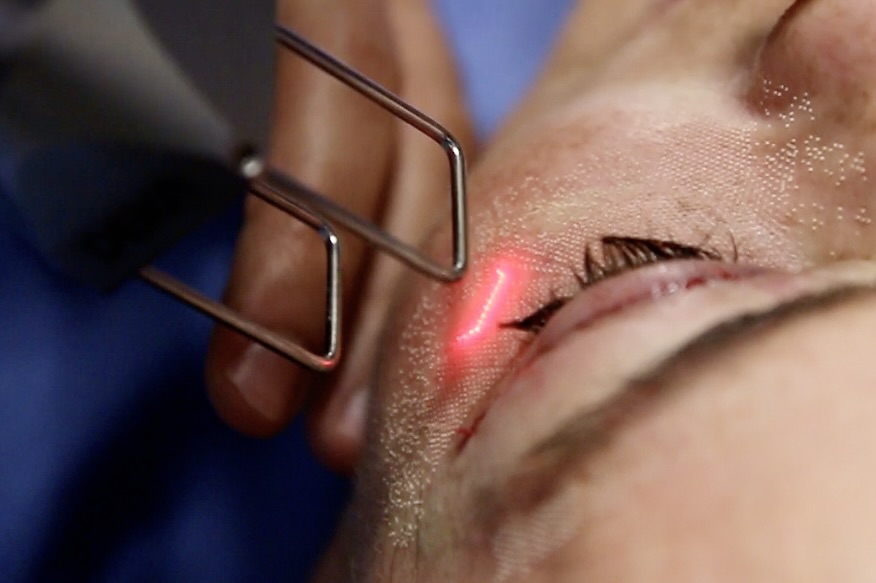
We often hear tips for getting brides ready for the big day, but what about the moms? How can they look their absolute best for the wedding?
Similar to the bride, the mother of the bride (or groom) is front and center at this big event. As she gets ready to celebrate, it’s important for her to take some time to focus on herself.
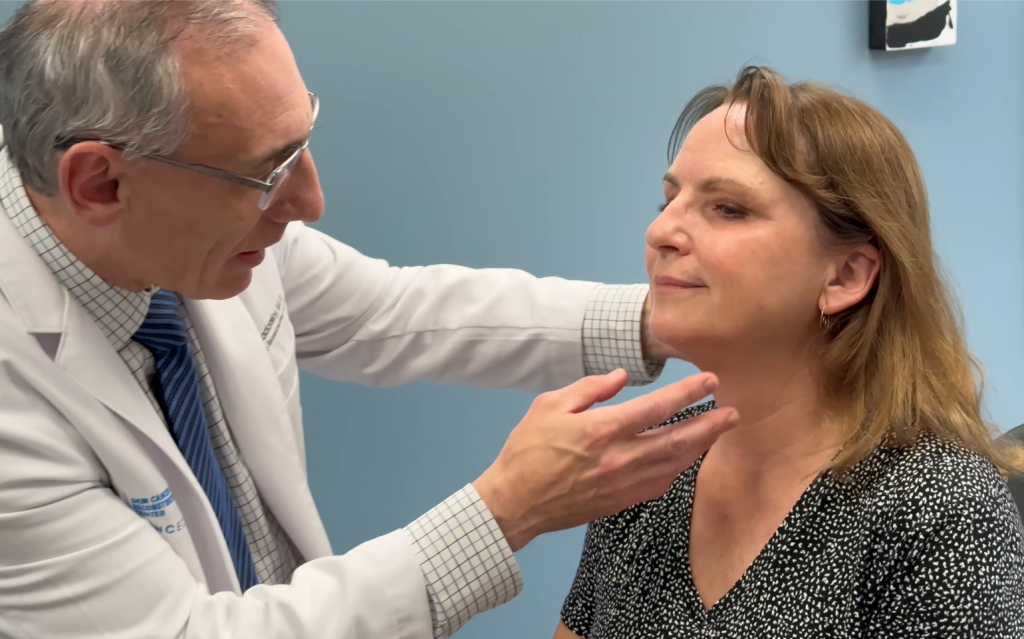
This 64-year-old patient came to Dr. Simon Madorsky hoping to freshen up her features in anticipation of her daughter’s wedding, which was six months away. Despite feeling youthful and energetic, she thought her appearance didn’t quite match. This was an ideal time to embark on surgical procedures, as she needed about three months for total healing, and results would continue to improve over time.
Six months before the big day, she underwent a lower face and neck lift, along with an endoscopic brow lift. The facelift worked its magic by repositioning deep tissues and getting rid of extra skin, diminishing jowls, while adding a nice contour to the neck. The brow lift raised the forehead, and enhanced the brow and eye area.
After the wedding, this patient came back to our office for a check-in with Dr. Madorsky. Besides being amazed by how great she looked, we were excited to hear about the wedding.
“Being the mother of the bride, I had to look my absolute best. I was ready for the big day because I felt like I was beaming with joy and confidence.”

Our patient with her handsome husband on their daughter’s wedding day.
Fine lines, wrinkles, loose skin, and other signs of aging are perfectly natural, and many of us reach a point where we want to “do something.” But what does that mean? After looking into the options, you may be asking, “should I choose fillers or surgery?’
We turn to two of our top physicians with this question.
Simon Madorsky, MD is a Facial Plastic Surgeon.
“Judicious use of filler can really enhance natural features,” assures Dr. Madorsky, “but over time, there can be limited results, as well as a necessity for repeated procedures. They have their place, but cannot replace surgery. They will not remove extra skin or extra fatty tissue.”
“Fillers can be overdone. We are seeing something I call Filler Fatigue. People are getting over-filled and often look unnatural.”
The ideal candidate for facial fillers is someone who has minor to moderate signs of aging on their face. These candidates are usually between 30 and 55, since older people may have significantly loosened skin and the presence of other things like bags under their eyes and jowls, which will not respond well to filler injections.
The ideal candidate for surgery, such as a blepharoplasty or facelift, is someone who has more advanced signs of aging in the face and neck. A surgical procedure can address many more issues than facial filler can. That said, candidates still need to be in good enough overall health to undergo surgery and will need adequate support and downtime to recover from the procedure.
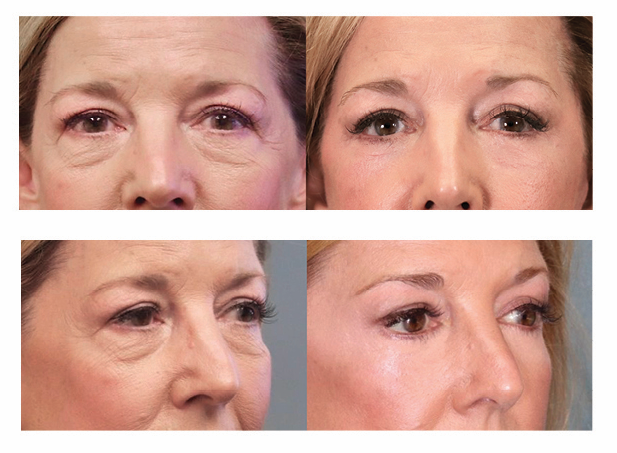
This patient underwent blepharoblasty (evelid surgery). She was advised her that iniectables would have a limited and temporary impact.
Choosing Both Options
Some patients use fillers as a way to “try on” a new face and to helo them decide whether they want to move forward with surgical procedures.
One example of this is the “liquid rhinoplasty,” where the shape of the nose is changed with filler, albeit temporarily. There are also subtle enhancements to the eye area and jawline that can be made with filler and Botox, but don’t have the longevity of a surgical procedure. This is an option worth considering when you talk with your provider.

Don’t let the fear of anesthesia hold you back from achieving your desired appearance.
Our patients now have the option for an alternative to general anesthesia known as Gentle Sleep. Instead of deep anesthesia, it induces stage 2 sleep, and when used in combination with other medications, it achieves a comfortable state for patients. We are now using it routinely at our on-site surgery center.
During Gentle Sleep, patients may cough, reposition themselves, and breathe without assistance. This is a more normal state for patients than deep sedation or general anesthesia.
“It has been a real game changer for our practice,” says Dr. Simon Madorsky. “Gentle Sleep is so well tolerated by patients, that it allows the surgeon to take time needed for superb results without pressure to rush.”
It is especially revolutionary for our older patients and those with certain health conditions. When it comes to cosmetic–or elective–surgery, some of these patients are not good candidates for general anesthesia. This is often a barrier for them to have these procedures. With gentle sleep, this barrier disappears.
Watch this video to learn more.
A Rhinoplasty, or nose job, is surgery performed to alter the way your nose functions and looks. According to the American Society of Plastic Surgeons, nearly 220,000 rhinoplasties are performed yearly, making this the most common facial plastic surgery procedure. Rhinoplasty can simultaneously help you improve breathing and achieve a more balanced appearance
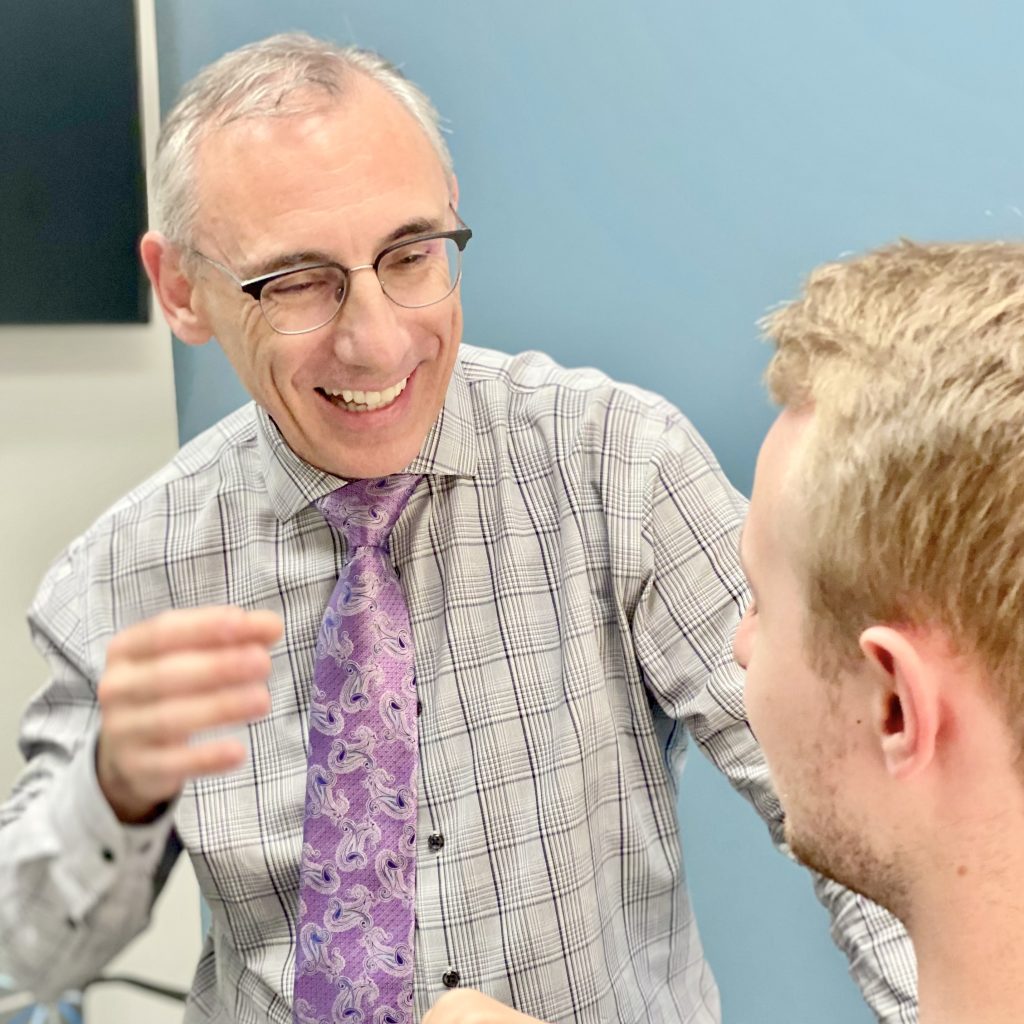
IS RHINOPLASTY RIGHT FOR ME?
A common medical reason for rhinoplasty is difficulty breathing through the nose. Nasal obstruction can cause problems with exercise, disturb sleep, contribute to snoring and sleep apnea, or interfere with other activities. If medical treatments (such as nasal spray or sleep apnea treatment) fail, surgery may be the next step. Rhinoplasty done for medical reasons such as these is often covered by health insurance.
WHAT ABOUT COSMETIC RHINOPLASTY?
Patients often ask, “While you’re in there, could you make other changes to my nose?” The answer is yes. The most common requests are reducing a nasal hump, refining the tip, or correcting asymmetries. These cosmetic changes, which are not covered by insurance, are frequently combined with functional rhinoplasty so there is only one recovery.
The chin plays a critical role in the balance of facial features. A strong chin can create a greater appearance of strength, symmetry and self-confidence. We offer several options to enhance the size and appearance of your chin.
Placement of a chin implant, also known as chin augmentation, provides definition for the lower face and balances the facial profile. Chin implants are made of various biocompatible materials and are custom-shaped for a natural looking fit. The results are permanent but can be reversed if desired.
Chin implants are used to correct a weak chin or to balance a strong nose. Patients who undergo chin augmentation love their results!
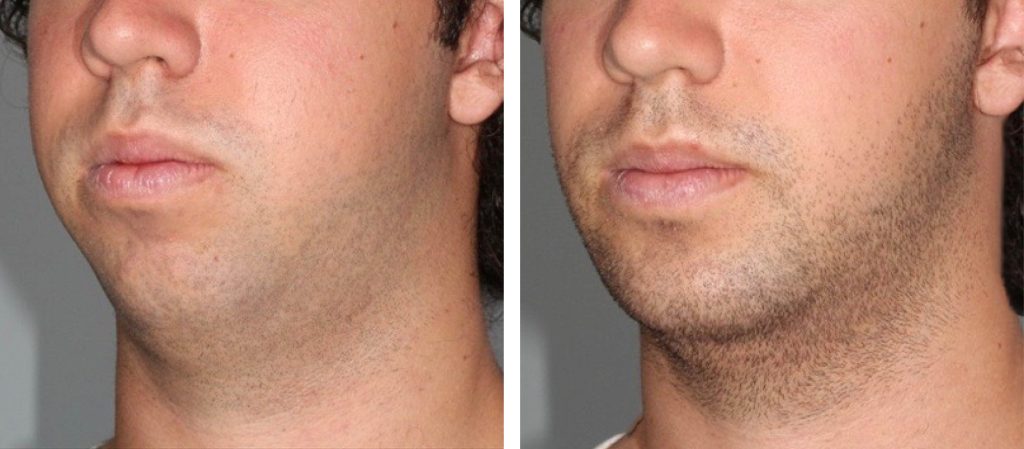
Male Chin augmentation can redefine a jawline and strengthen the chin, creating facial harmony. A sharp, powerful chin is often considered the cornerstone of masculinity.
Dr. Daines and Dr. Madorsky perform chin implant procedures.
Keloid scars can occur after ear piercings. They are typically large raised, firm nodules that occur at the site of the piercing. They can become painful and physically disfiguring.
The cause is thought to be epithelial (skin) entrapment along the piercing tract. This can occur if the piercing gets inflamed or is allowed to seal. Trapped skin proliferates uncontrollably and causes inflammatory scar reaction. Cartilage piercing is particularly sensitive to this complication.
Initial treatment involves injection of steroids into the keloid. If that does not help, injection with a chemotherapy drug such as 5-fluorouracil (5-FU) is done. If that does not work, then surgical removal of the keloid is needed. Re-piercing of the ear can be performed approximately one month after surgery. After re-piercing the ear, it is important to keep the area clean, by cleaning with hydrogen peroxide. Frequent twisting of the earring also keeps the hole open. Most patients do very well after removal and re-piercing of the ear. Rarely, recurrence of the keloid scar may occur. With close follow-up keloids can be prevented with steroid injections.
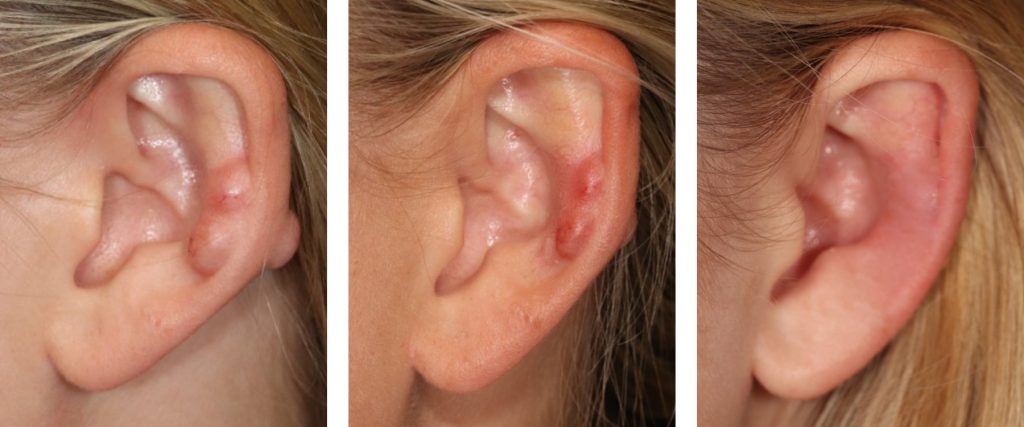
Patient presented with multiple caused by piercings (left). Initial treatment with injection of steroids (center). Ear is seen after surgical removal (right).
Eyelid surgery, or “blepharoplasty,” has become incredibly popular since the pandemic thanks to the “Zoom Boom,” and to increased mask requirements, which make the upper face and eyes a focal point during everyday conversation.
Blepharoplasty is intended to enhance the upper and/or lower lids, to create a more refreshed, youthful look. For the upper lid, the procedure involves making an incision in the natural crease of the eyelid, and then removing and reshaping the skin, muscle, and fat that deflate and droop with age and sun exposure.Blepharoplasty can also be performed on the lower eyelid. As people age, the tissue that holds the fat in place can loosen and the fat can protrude, giving the appearance of bags under the eyes. These bags can be repositioned and reshaped.
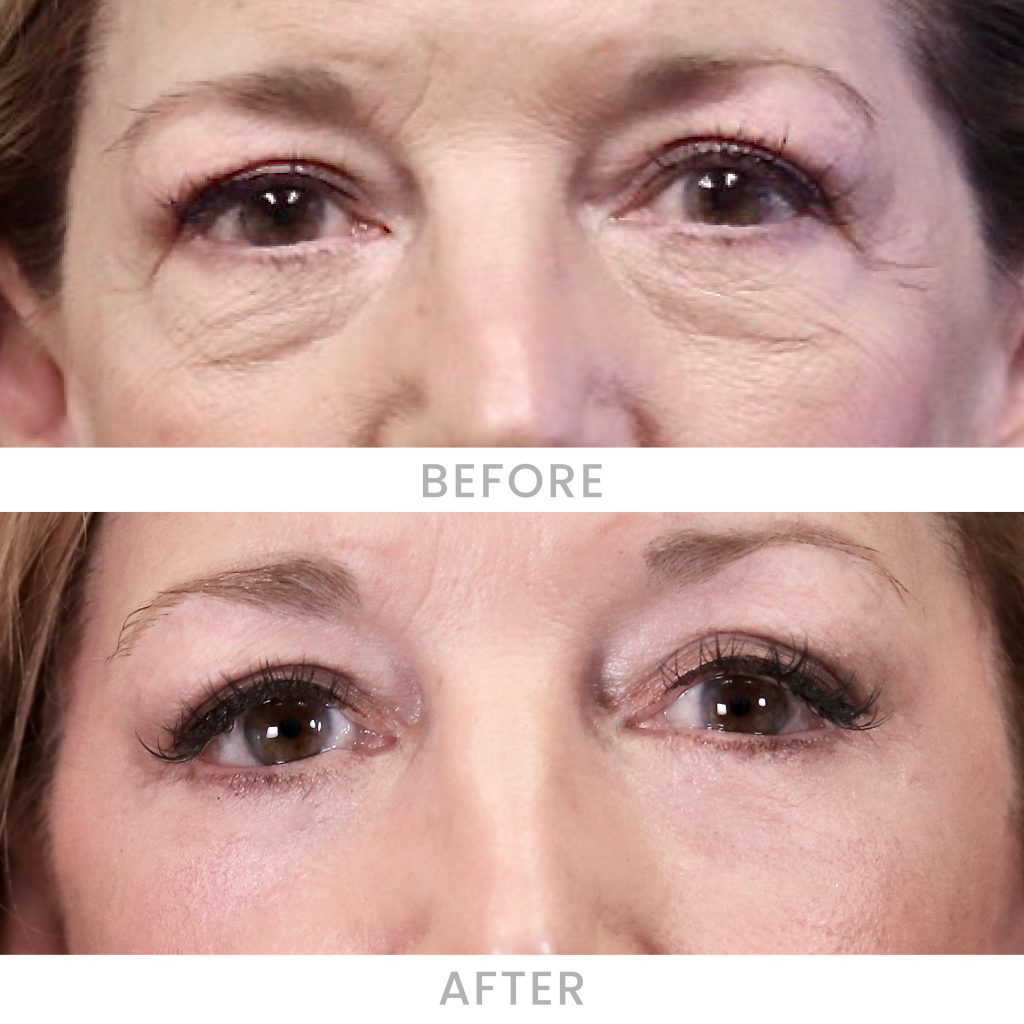
Does insurance cover cosmetic eye procedures?
Generally, cosmetic services are not covered by medical insurance. But in some cases, like the patient shown below, if an eyelid’s drooping is severe and affecting vision, upper eyelid surgery may be covered. Simple tests can determine whether the condition warrants insurance coverage.
Diagnosis: Ptosis
This patient presented with droopy eyelids, also called ptosis (toh-sis), that may occur due to trauma, age, or various medical disorders. Ptosis can affect one or both eyes, and can be present at birth or develop later in life.
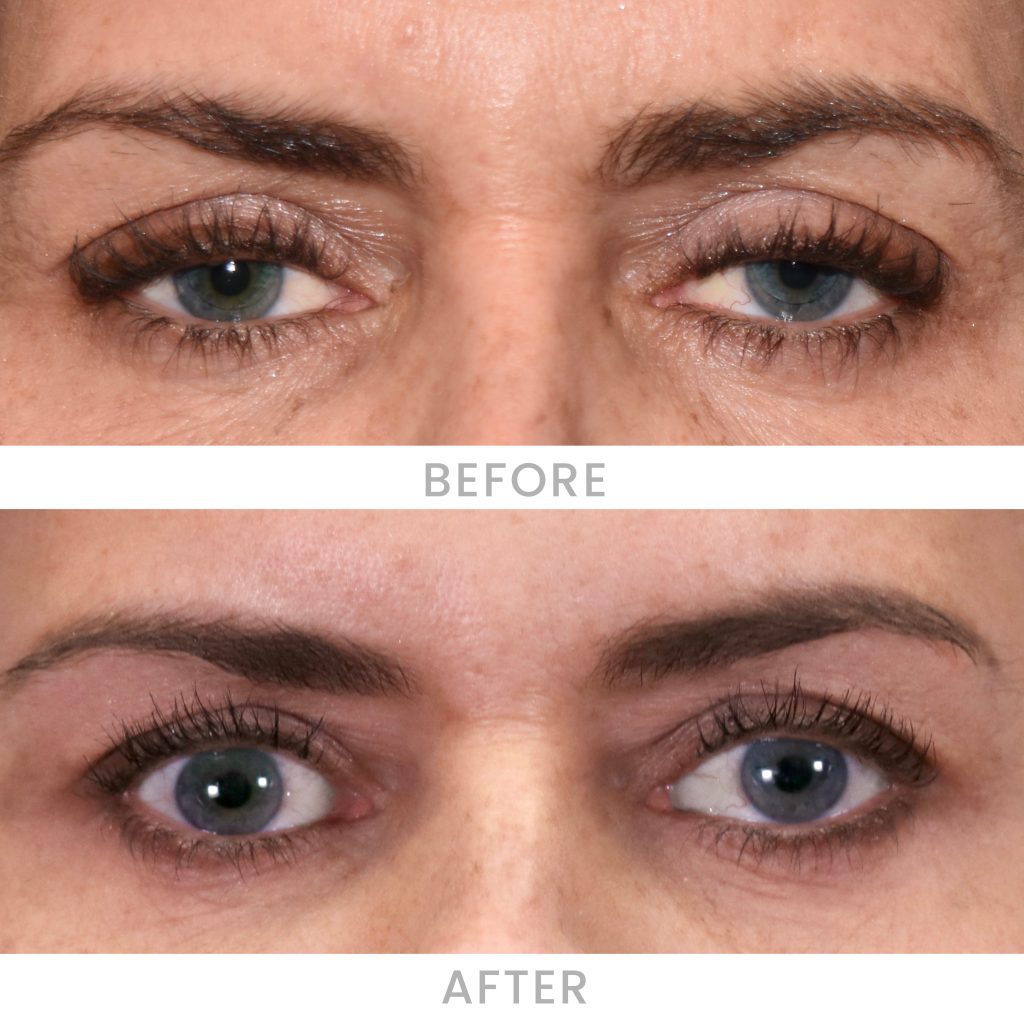
| Depending on the severity of the condition, droopy upper eyelids can block or greatly reduce vision depending on how much it obstructs the pupil. This patient had ptosis repair (covered by insurance) at the same time as an upper blepharoplasty. This was followed by a CO2 laser treatment to the eye area. |
| Dr. Karlin, Dr. Daines, and Dr. Madorsky perform eyelid surgery. Please call our office to schedule an appointment, or use the in our website. |
